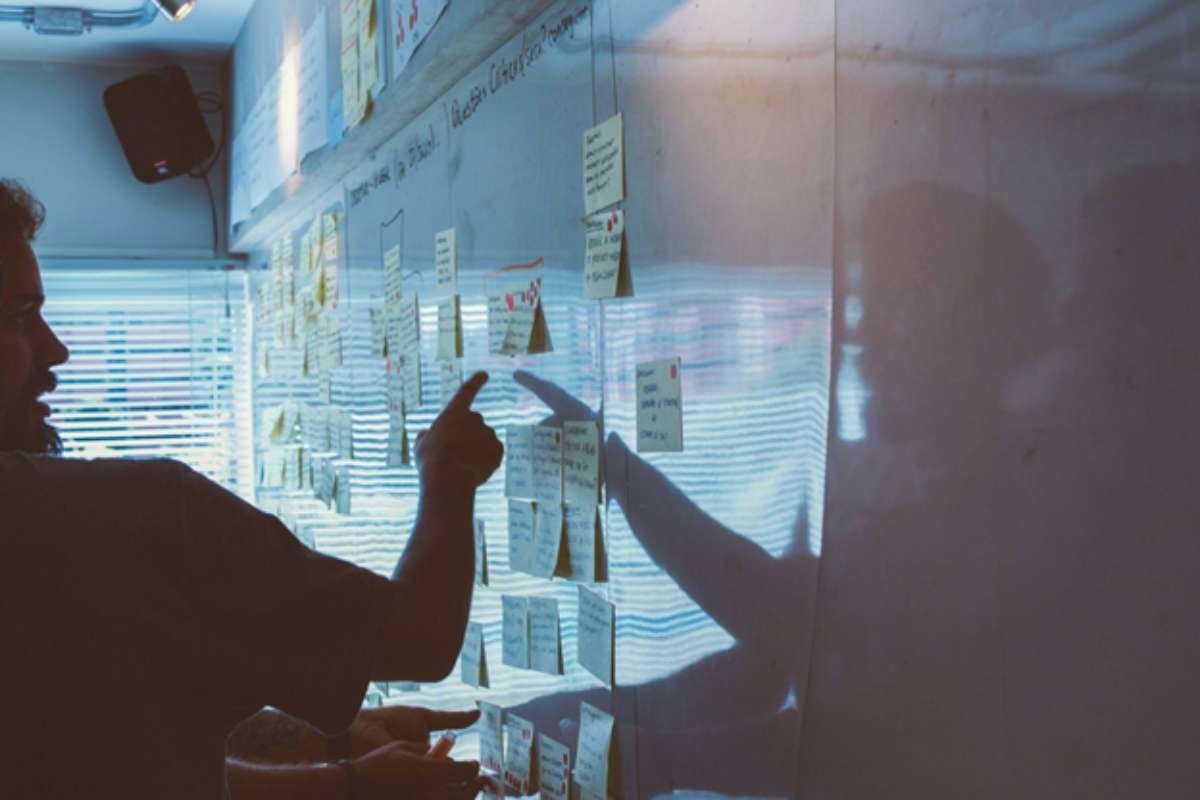Pressure doesn’t just reveal character. It manufactures it, like a metallurgical process turning raw metal into something stronger and more resilient.
Whether you’re hunting for commercial real estate for sale in the Melbourne region or negotiating a raise in New York, professional challenges are rarely about the external problem. They’re psychological obstacle courses, where your emotional agility and emotional response contribute just as much to your success as your technical skill or strategic brilliance.
If you want to be one of those people who thrives under pressure, the following techniques should help:
The Emotional Reconnaissance Approach
Understanding your emotional landscape requires the same meticulous attention you’d apply to financial forecasting. Emotional intelligence isn’t mystical, and it’s not something you’re simply born with. It’s a skill set that can be systematically developed, measured, and improved.
Think of your emotional responses as a complex internal dashboard. Some indicators flash warning signals, while others provide critical navigation information. The goal isn’t to eliminate difficult emotions, but to understand their underlying messages through emotional agility.
When stress strikes, most people react with one of two default modes: shutdown or frantic overcompensation. Neither approach serves professional growth. The sophisticated response involves creating an emotional breathing room—a mental space where you can observe your reactions without becoming hostage to them.
Stress Decomposition Technique

High-pressure scenarios often feel like massive, insurmountable challenges. But complex problems are rarely monolithic. They’re typically composed of smaller, more manageable elements.
Break down overwhelming scenarios into granular components. What specific elements are causing anxiety? Which aspects are within your control? What external factors require adaptation rather than confrontation?
This methodical deconstruction transforms an emotional tornado into a series of navigable wind currents. You’re no longer fighting the entire storm. You’re understanding its mechanics.
The Narrative Reframing Method
Our internal storytelling determines emotional resilience and emotional agility. The same professional setback can be experienced as a catastrophic failure or a critical learning opportunity—depending entirely on narrative perspective.
Develop the capacity to reframe challenging scenarios. This doesn’t mean toxic positivity or denying genuine difficulty. It means extracting meaningful insights from uncomfortable experiences.
When a project derails or a strategy fails, ask: What information is this experience providing? What skills am I developing through this challenge? How might this temporary setback contribute to long-term growth?
Physiological State Management
Emotional regulation has a profound physical component. Your body doesn’t distinguish between psychological and physical threat responses. Elevated cortisol levels trigger similar reactions whether you’re facing a predator or a challenging client meeting.
Implement systematic physiological reset techniques. Deep breathing exercises, brief meditation practices, and intentional movement can rapidly shift your nervous system from fight-or-flight mode to a more balanced state.
Consider these micro-interventions as emotional recalibration tools. They’re not about eliminating stress, but about preventing stress from eliminating your capacity for clear thinking.
Boundary Construction

Professional challenges often emerge from poorly defined personal and professional boundaries. Emotional agility requires understanding where you end and external circumstances begin.
Develop clear, non-negotiable personal parameters. What behaviors will you accept? What professional expectations align with your core values? Where do you draw lines between professional commitment and personal well-being?
If you worry about the sense that boundaries are walls that might block you off from opportunities, it’s time to reframe your way of thinking. Instead, see them as sophisticated filtration systems that allow meaningful engagement while protecting your core energetic resources.
The Continuous Learning Framework
Emotional skills develop through consistent practice, not sporadic intervention. Treat your emotional intelligence like any professional competency: with systematic attention, ongoing education, and compassionate self-assessment.
Keep a reflective journal documenting emotional patterns. Track your responses to different professional challenges. Look for recurring themes, unconscious reaction patterns, and opportunities for incremental improvement. As you do so, you’ll develop increasing sophistication in how you relate to challenging circumstances.
The Philosophical Underpinning

Emotional agility transforms professional challenges from threatening experiences into developmental opportunities. Your capacity to maintain psychological flexibility determines your professional resilience far more than any single strategic decision.
The most successful professionals aren’t those who never experience difficulty. They’re those who’ve developed a nuanced, adaptive relationship with professional complexity.
Emotions are not weaknesses to be eliminated. They’re sophisticated information systems providing critical insights about your professional journey. Learning to listen to them—without being overwhelmed—is the ultimate leadership skill.
Your emotional landscape is a dynamic, sophisticated terrain. So it makes sense to navigate it with the same strategic intelligence you’d apply to your most complex professional challenge.







